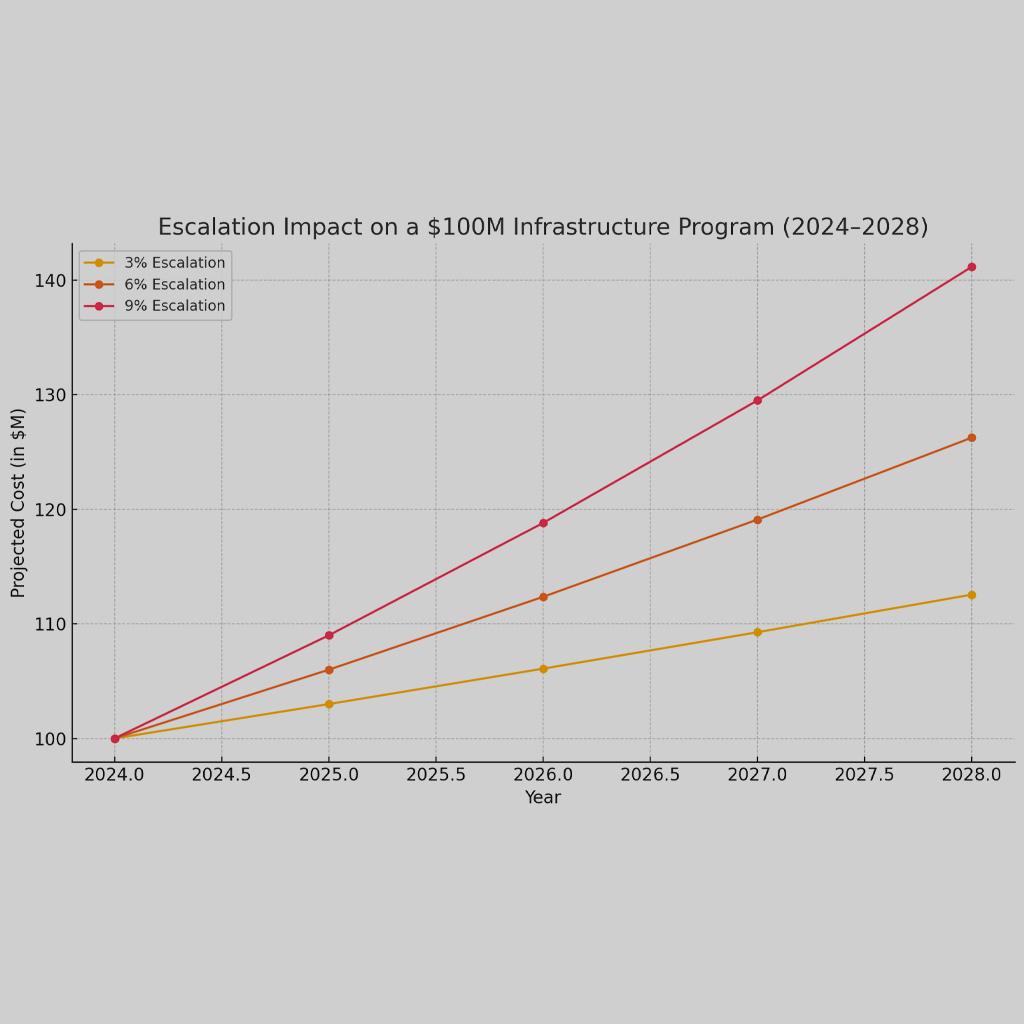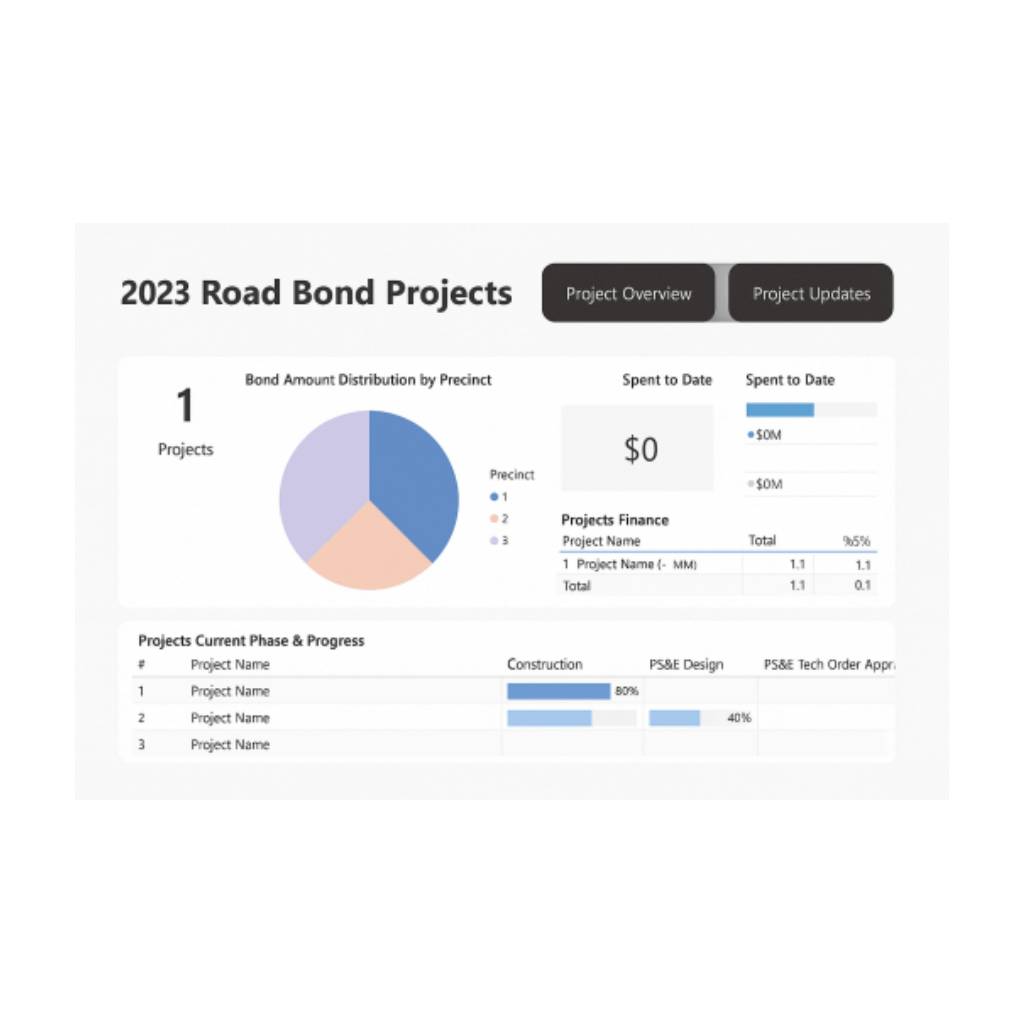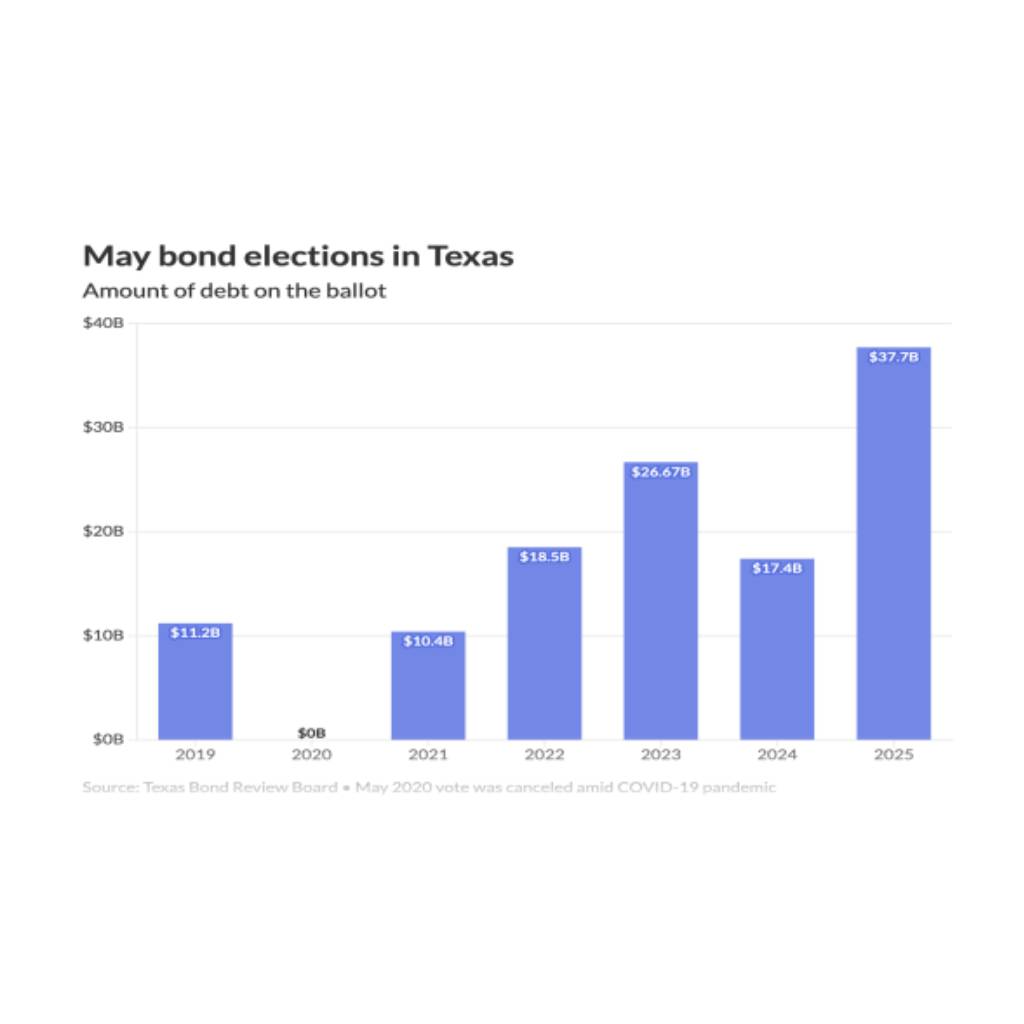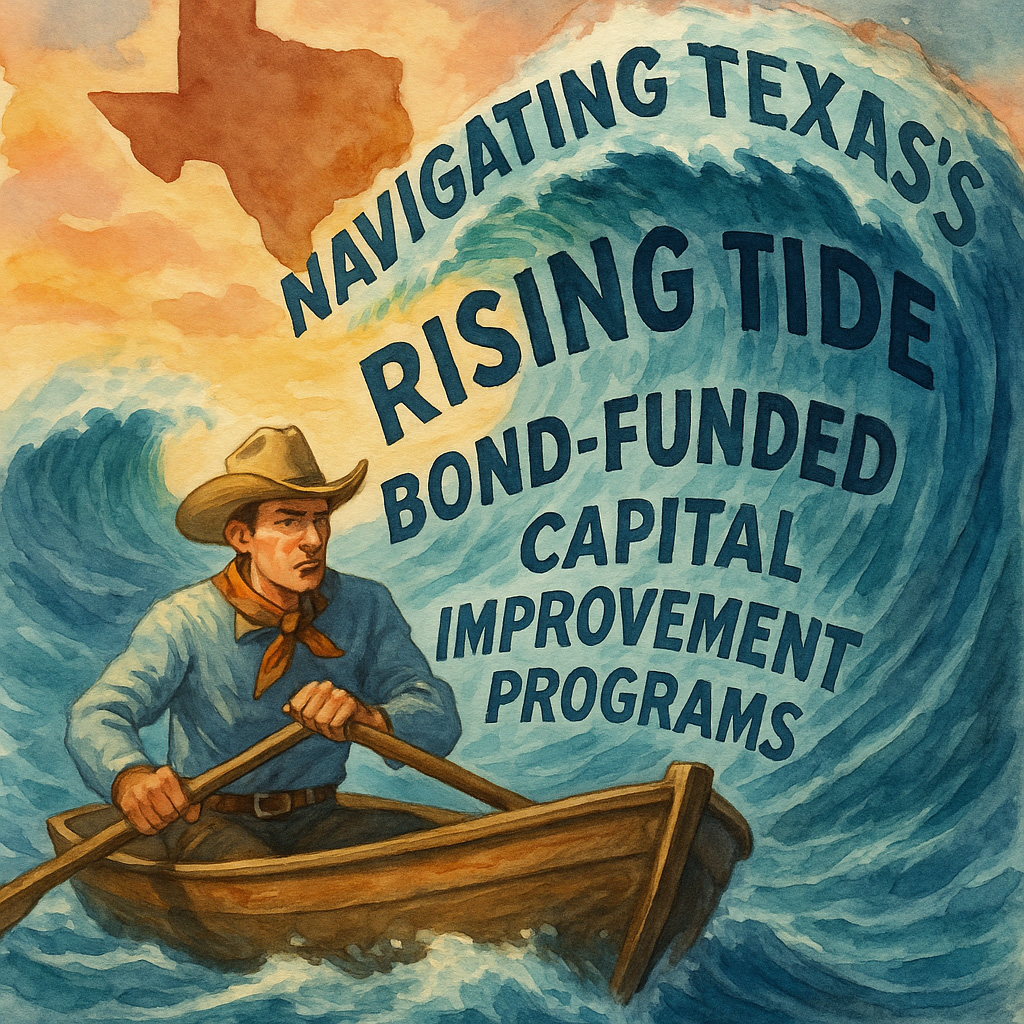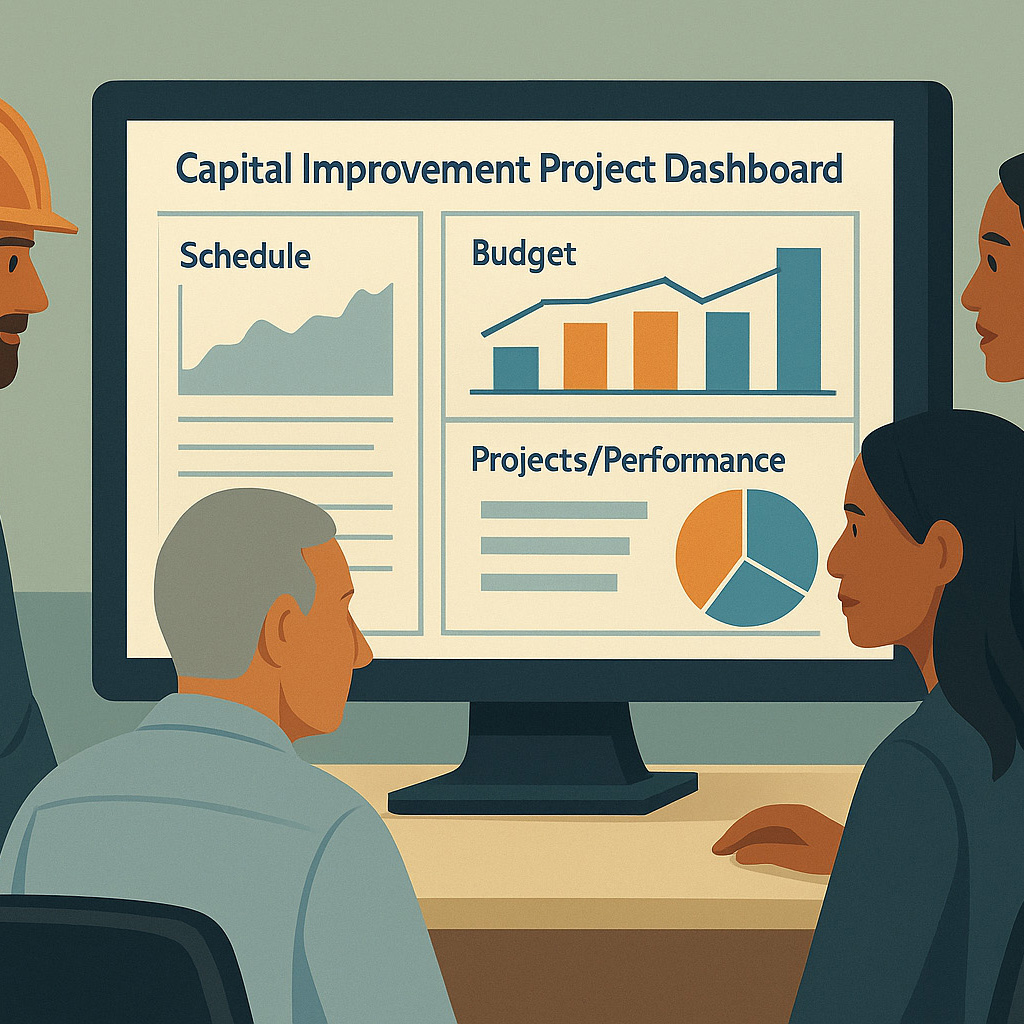An Introduction to School Bonds
What is a school bond?
School districts issue bonds to raise funds for various capital expenditures, such as building new schools, renovating existing facilities, or purchasing land for future construction. These projects are typically too expensive for the school district to pay for with its operating budget, so it turns to the bond market to raise the necessary funds. Bondholders are loaned money and receive periodic interest payments, while the district is able to finance its capital needs over a longer period of time. This allows the district to spread the cost of its projects over several years, rather than having to pay for everything all at once, like someone would traditionally do for a mortgage.
How long does it typically take to pay off a school bond, and why might my school district choose not to pay it off early?
Bond terms can range from as short as a few years to as long as 30 years or more, but they commonly fall between the 20 to 25 years range. The district will make periodic payments of principal and interest to bondholders until the bond is fully paid off. While some voters believe all debt is bad, and would prefer a school district to pay off their bond debt as quickly as possible, there are many reasons why that is not a financially sound approach, such as:
- Early repayment penalties: Many bonds come with a provision that imposes a penalty on the borrower for early repayment. This is done to compensate the bondholders for the loss of interest payments they would have received if the bond had run its full term.
- Lack of funds: Paying off a bond early requires the district to have a large amount of funds available. If the district does not have sufficient funds, it may not be able to pay off the bond early.
- Financial planning: The district may have planned its finances around a specific debt repayment schedule, and paying off a bond early could disrupt its long-term financial planning.
- Debt management: The district may prefer to maintain its existing debt structure, rather than paying off one bond early and potentially having to issue new debt in the future to finance other capital expenditures.
How often does a growing school district issue a new bond, and when can I expect these new schools to be built?
It is common for a school district to issue a new bond every 2 – 5 years, and it takes 6 – 18 months to design a new school and another 12 – 24 months to construct it. This means that taxpayers of growing communities should expect to see a new school bond on their ballot, while the schools from the previous ballot are still being built. If not, there is a good chance their school district is behind, and will run into overcrowding or maintenance related issues before they have the funding to address them.
School bonds provide a vital source of financing for school districts to fund capital expenditures. As voters and taxpayers you should understand the reason we are voting and the implications of a For or Against vote, and how it will impact our checkbook, our community, and our children.
At Front Line Advisory Group, we provide program management consulting services for capital improvement bonds. We are revolutionizing the construction industry and transforming client expectations by obsessing over the basics of budget oversight, schedule enforcement, compliance, vendor management, and stakeholder communication. Contact us for more info at info@frontlineadvisorygroup.com.


